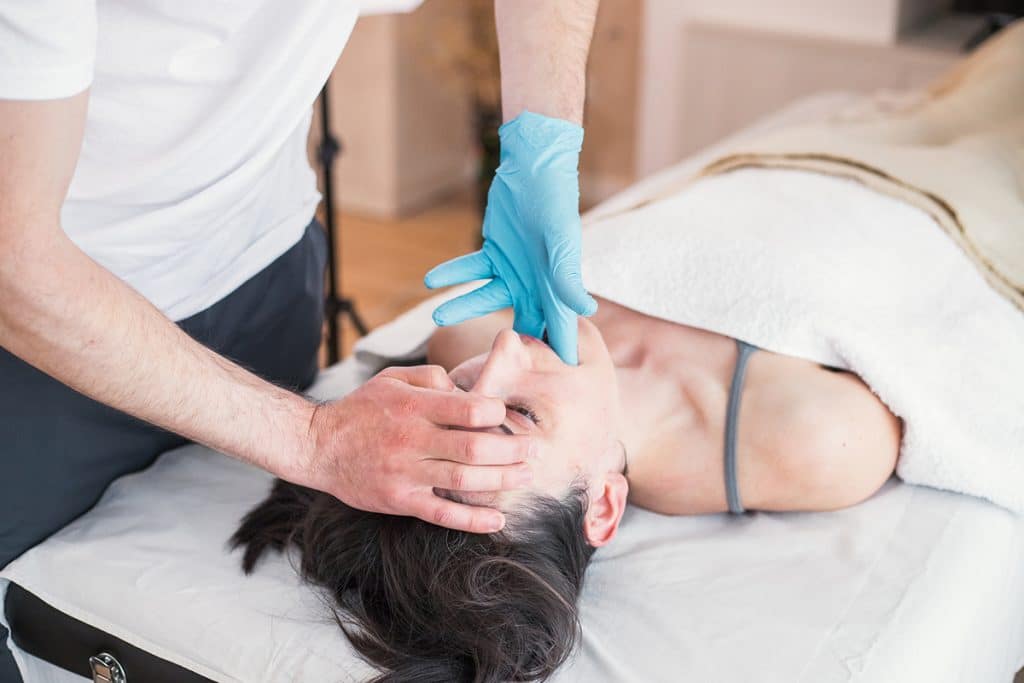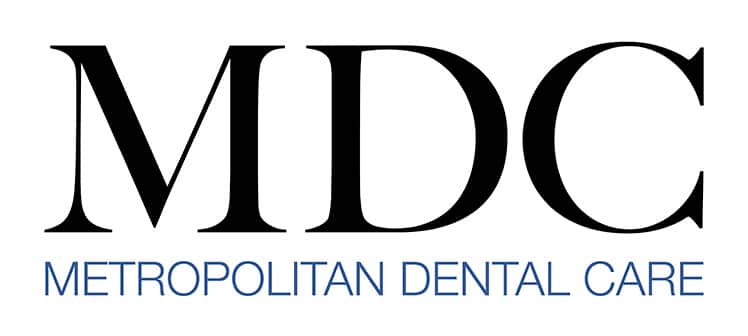Botox/Dysport Treatment for Jaw Tension and TMJ

Bruxism or tooth grinding is a common behavior; reports of prevalence range from 8% to 31% in the general population. There are two main types of bruxism: one occurs during sleep (nocturnal bruxism) and one during wakefulness (awake bruxism). Dental damage may be similar in both types, but the symptoms of sleep bruxism tend to be worse on waking and improve during the course of the day, and the symptoms of awake bruxism may not be present at all on waking, and then worsen over the day. Botox/Dysport is used as an alternative treatment for TMJ (temporo-mandibular joint) disorders and associated jaw tension and pain. When injected into facial muscles afflicted with soreness and discomfort, Botox/Dysport relieves TMJ and jaw tension for many patients. The injections often eliminate headaches resulting from teeth grinding, and, in cases of severe stress, Botox/Dysport can even minimize "lock jaw" or a hyper-spasm of the muscles involved with the TMJ. Although Botox/Dysport treatment for these conditions is still presently experimental; evidence indicates that it can be extremely effective.
How Does Botox/Dysport Treat Jaw Tension and TMJ Disorder?
Located on both sides of the head at the point where the jawbone meets the skull, the temporo-mandibular joint (TMJ) is used during talking, eating, swallowing, and other everyday activities. If this joint becomes displaced or is overworked through excessive teeth grinding, a person may suffer severe tension headaches, as well as sharp pain in the jaw. Botox/Dysport relieves jaw tension by making muscles unable to engage in the powerful, often unconscious movement of the jaw that produces headaches, pain, and spasm of the joint.
The Botox/Dysport treatment for TMJ disorders and jaw tension is usually quick, straightforward, and effective. A non-surgical procedure, Botox/Dysport injections are administered in a doctor’s office and treatment requires no hospital stay. Most patients experience noticeable improvement within one or two days of their first treatment, although relief can take up to two weeks for the full effect.
Areas Affected by TMJ Botulinum Toxin Therapy
Only the areas injected with Botulinum Toxin will be “relaxed.” Botulinum Toxin treatment for TMJ therapy will not affect anywhere else in your body. The injections are mainly in the temporalis, frontalis, and masseter.
How long is the Botulinum Toxin Treatment Procedure?
The length of the Botulinum Toxin treatment procedure depends on the number of injections needed as determined by the doctor. Still, it is reasonable for the treatment procedure to be completed within 10-20 minutes.
Is the Botulinum Toxin Treatment Painful?
The pain associated with the Botulinum Toxin TMJ Treatment procedure is due to the injections, but it is generally minimal and brief. Some patients have likened the Botulinum Toxin injection pain unto a “bug bite” or “prick”. Pain from the injection can be reduced by numbing proposed injection sites with a cold pack or anesthetic cream. If you are scared of needles the doctor can offer you "happy gas" (nitrous oxide).
What to Expect After the Botulinum Toxin TMJ Treatment?
After the Botulinum Toxin TMJ Treatment muscle tenderness will start to disappear almost immediately. Wrinkles begin to disappear within 24 – 48 hours after the injections, and you may continue to see the wrinkles diminish up to one week after the Botox treatment procedure.
There may be mild temporary bruising, numbness, or redness around the injection sites. Alas, you will not look 20 years younger, but you may find that you look more natural and relaxed or less sad and angry. A statistically small number of patients treated with Botulinum Toxin injections reported no noticeable difference in the reduction of their wrinkles.
What is the Recovery from Botulinum Toxin Therapy for TMJ Treatment Like?
Because the Botulinum Toxin Treatment procedure is non-surgical and non-invasive, it is highly likely that the patient can return to normal activities immediately. However, to avoid spreading the toxin to other muscles, patients should not rub or massage the area injected with Botulinum Toxin and remain upright for many hours. Physical activity in terms of exercise should be avoided after treatment for the remainder of the day.
Risks, Limitations & Possible Complications of Botox Injections for TMJ Treatment
As with any medical procedure, there are possible risks and side effects when using Botox for TMJ treatment. Since this is a non-surgical treatment procedure, the risks and possible complications are infrequent, minimal and temporary.
The most common reported side-effects of Botulinum Toxin treatment are headaches, respiratory infection, flu syndrome, temporary eye-lid droop, and nausea. Less commonly reported effects of Botulinum Toxin are pain, redness at spot of injection, and muscle weakness. These symptoms are thought to be connected with the Botulinum Toxin injection and occur within the first week.
There could also be bruising at the injection site. The lips are used more than the forehead for common activities such as chewing, kissing, and talking. Therefore Botulinum Toxin injections around the mouth are less useful in TMJ treatment and can have more potential inconvenient effects. These everyday activities may become more difficult and too much Botox® around the mouth can result in drooling. Another limitation to Botox/Dysport injection for TMJ treatments is that there is a possibility of developing antibodies that would render the TMJ treatments less and less effective over time. This resistance could be delayed by using the lowest effective dose possible over the longest intervals of time. Botox injection treatments should be avoided during pregnancy and lactation.
